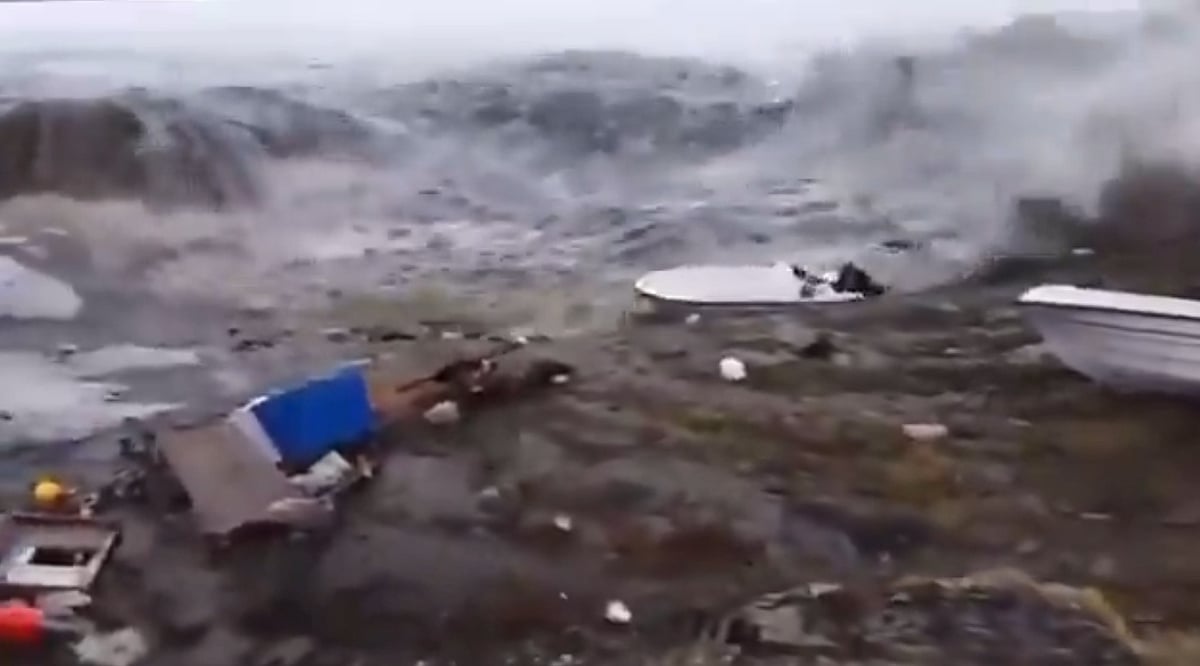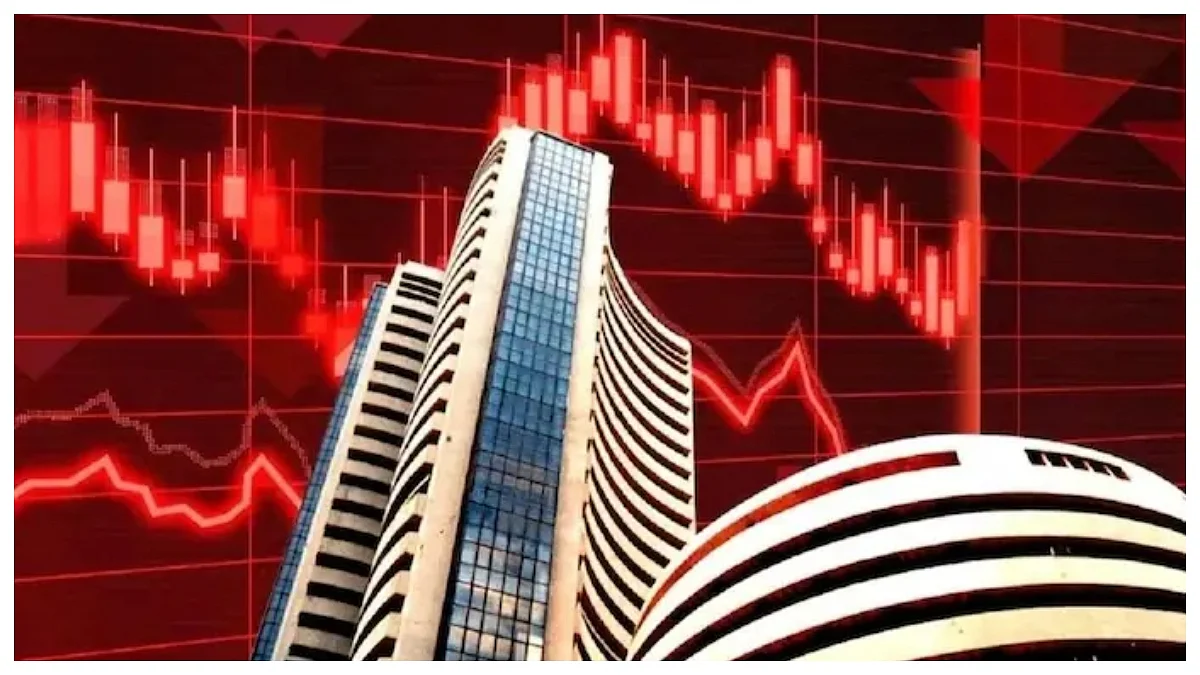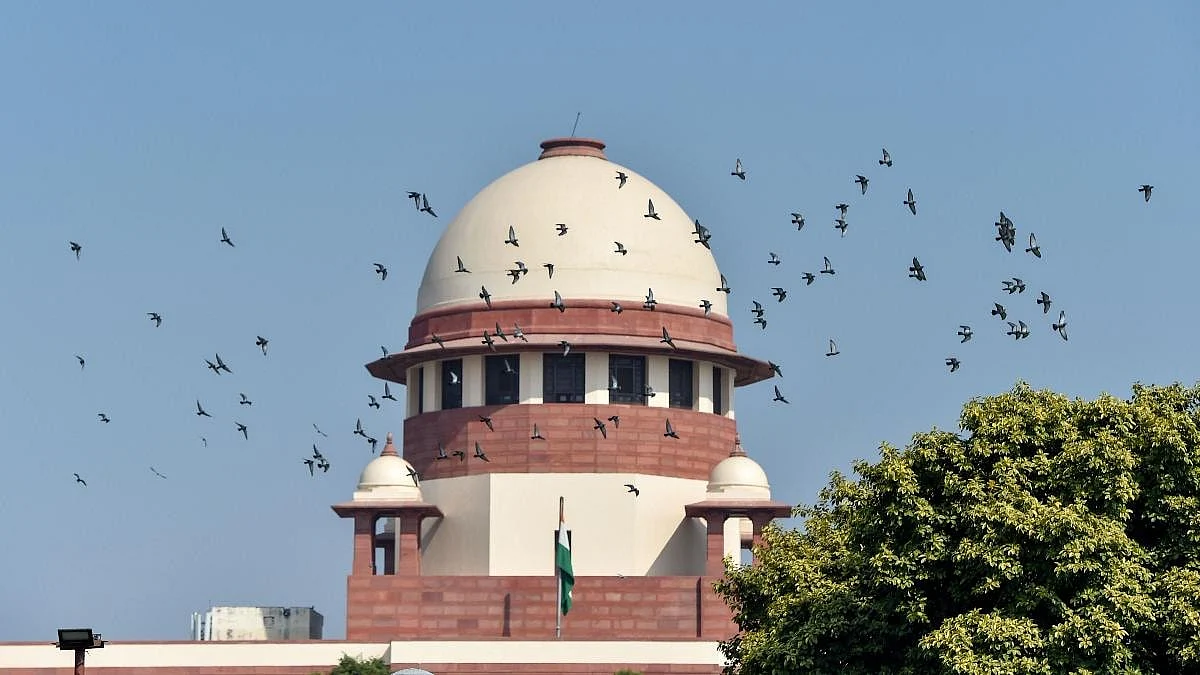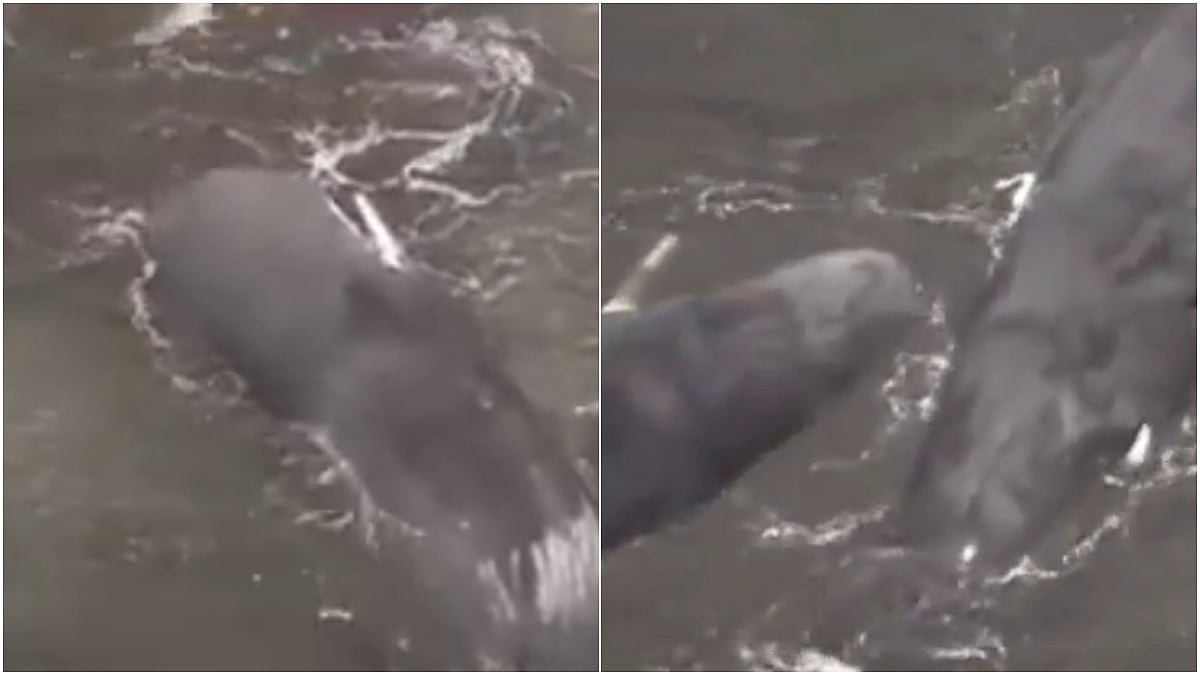A powerful earthquake measuring 8.8 on the Richter scale struck Russia's Far East early Wednesday, affecting the remote Kamchatka Peninsula and prompting tsunami warnings across the Pacific. This earthquake is one of the strongest ever recorded in the region. It generated small tsunami waves in Alaska and Japan, causing panic in coastal towns and resulting in flooding near ports along Russia's eastern coast.
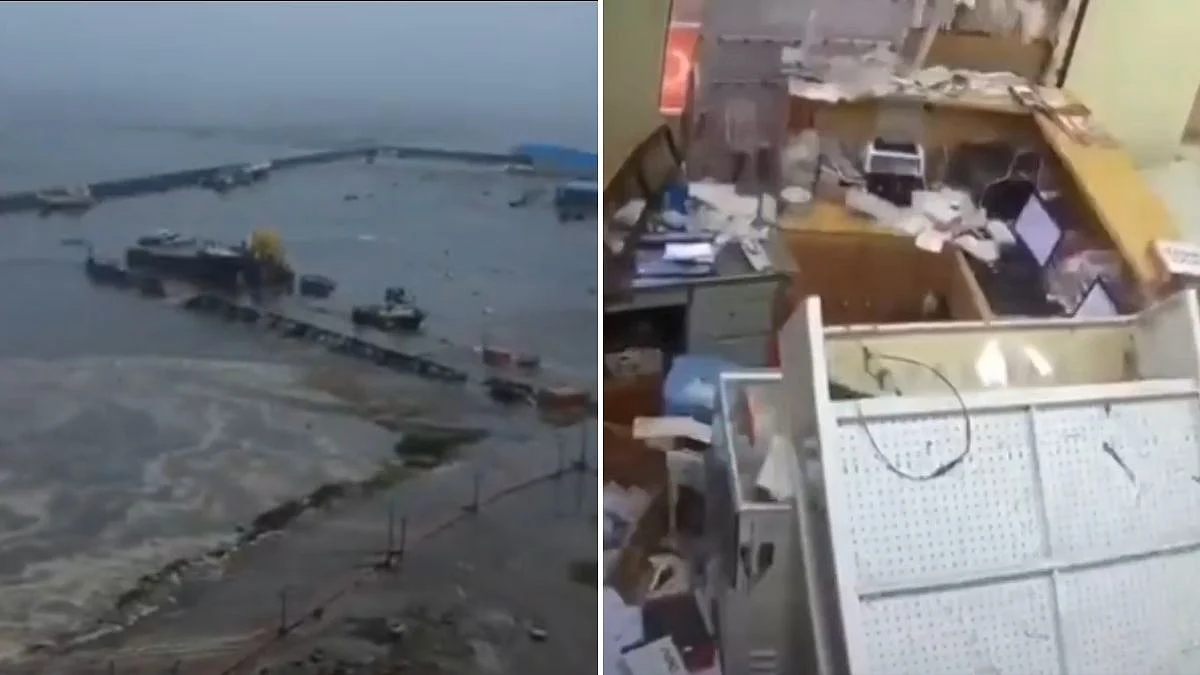
According to officials, waves less than a foot above normal tide levels reached Alaskan islands like Amchitka and Adak. "The wave energy spread across the Pacific, but it was relatively minor," said Dave Snider, tsunami warning coordinator at the National Tsunami Warning Centre. Still, the warnings extended far from Hawaii to Pacific islands near New Zealand, highlighting just how powerful the quake was.
Why Kamchatka is hotspot for big quakes
What causes this region to be so susceptible to large earthquakes? The answer stems from its location. Kamchatka is situated within the Pacific Ring of Fire, a seismically active zone that encircles the Pacific Ocean. This 40,000-kilometre horseshoe-shaped belt accounts for approximately 90% of the world's earthquakes and about 75% of active volcanoes.
The Ring of Fire stretches from the southern tip of South America, up through North America's west coast, across the Bering Strait, down through Japan and the Philippines, and all the way to New Zealand, even linking back through volcanic regions of Antarctica.
What makes the Ring of Fire so dangerous?
This area of geological instability has gained its reputation due to plate tectonics, which involves massive slabs of the Earth's crust that continuously shift and collide. When one of these plates slides beneath another, a process known as subduction, it creates deep ocean trenches and volcanic arcs that form mountains. This underground struggle can result in violent earthquakes and volcanic eruptions.
"If you were to drain the water out of the Pacific Ocean, you would see a series of deep ocean trenches that run parallel to corresponding volcanic arcs along the Ring of Fire,” explains National Geographic.
"What's special about the Ring of Fire is that multiple oceanic plates in the Pacific have subduction boundaries there," said Loÿc Vanderkluysen, a volcanologist at Drexel University, in an interview with Live Science.
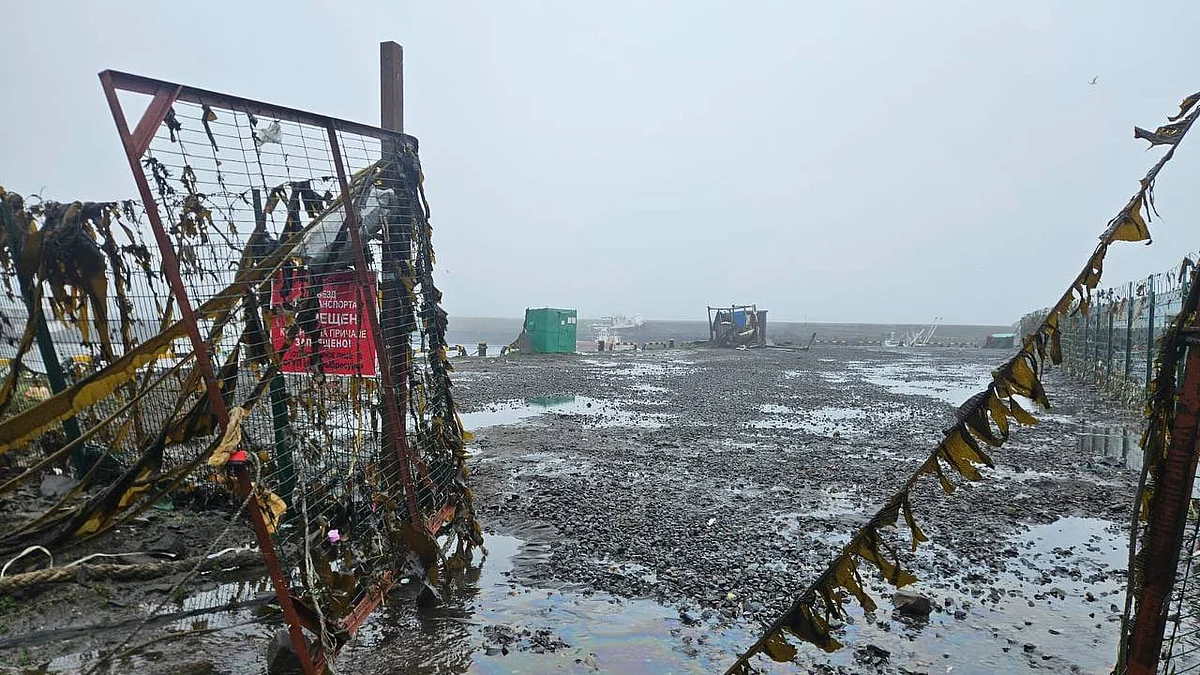
These subduction zones don’t move smoothly. Tectonic plates can lock together, building up stress over time before it releases suddenly, resulting in powerful earthquakes.
